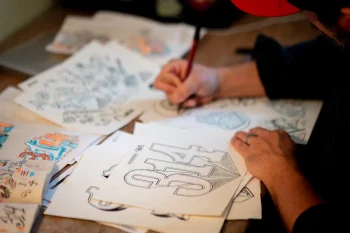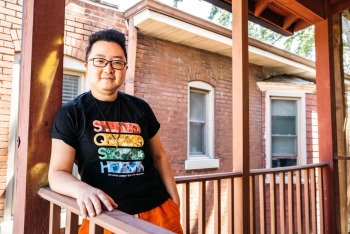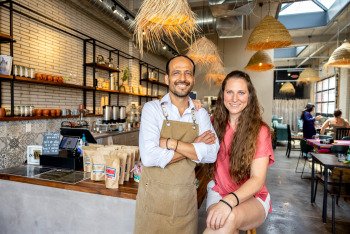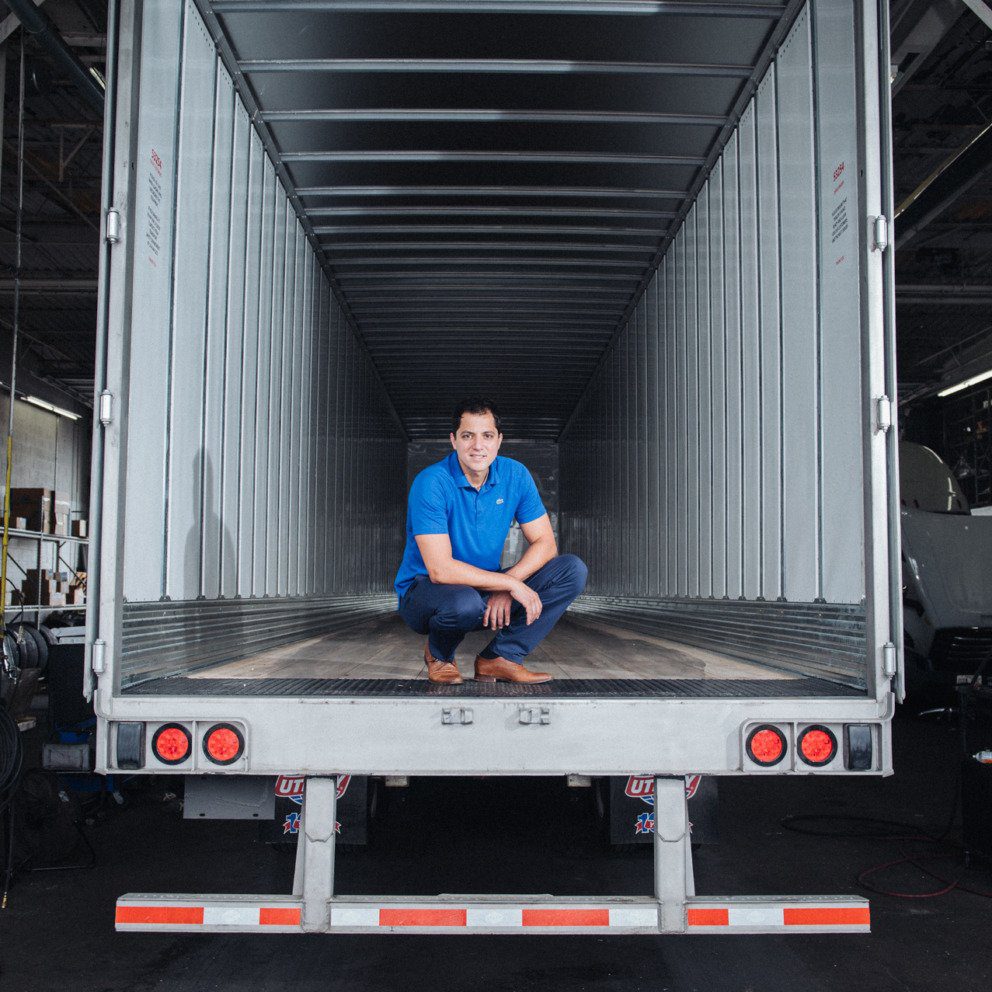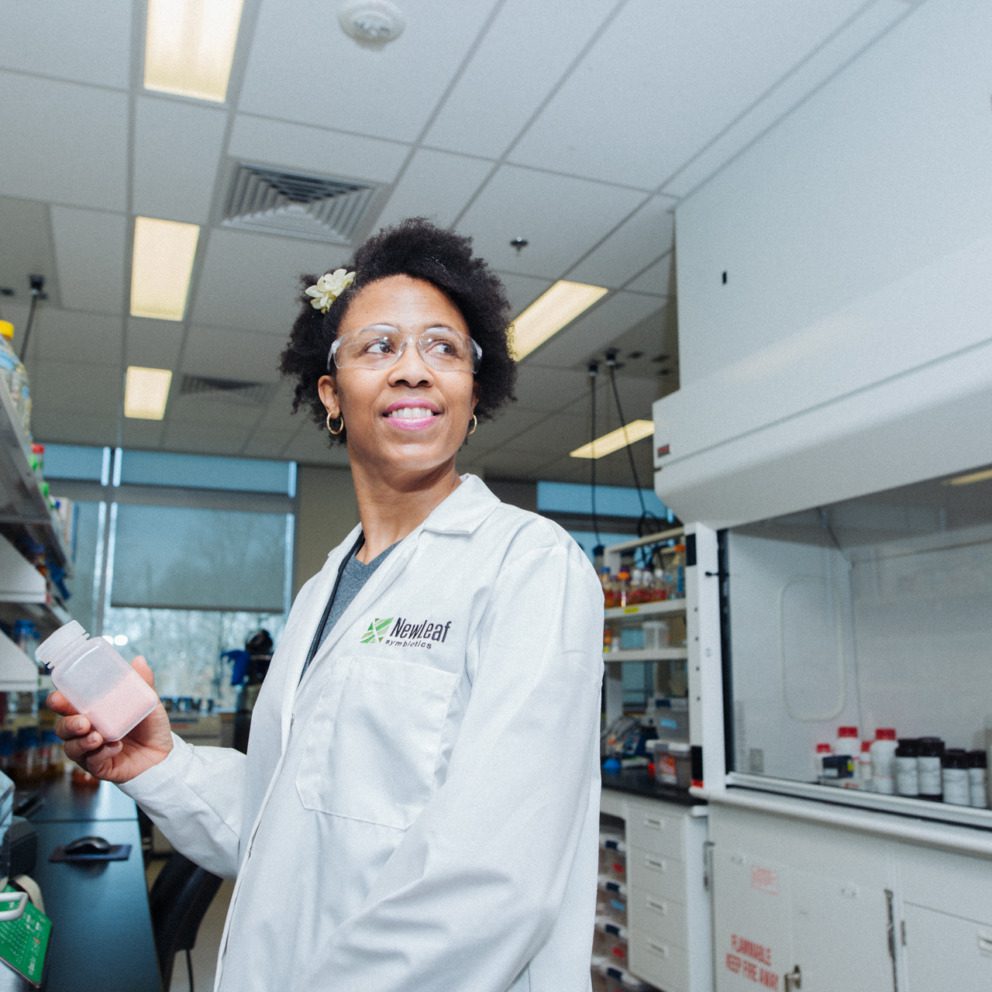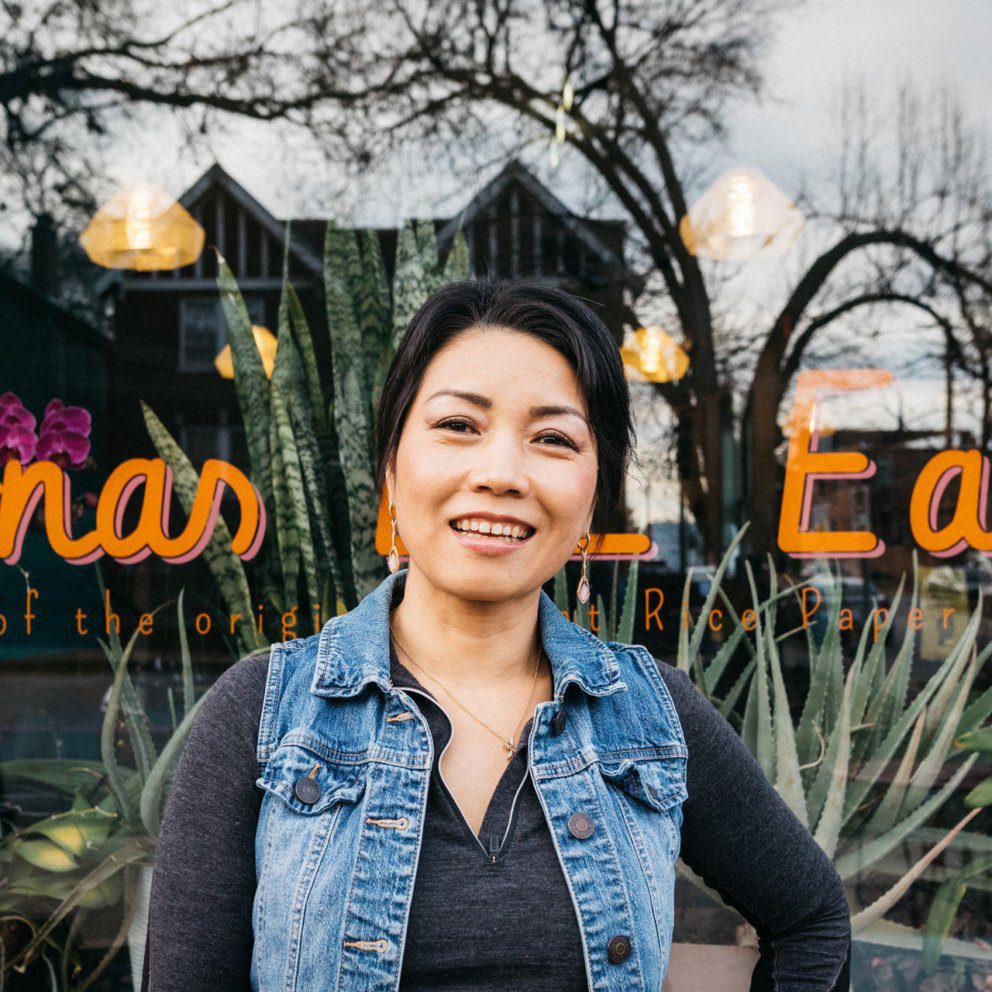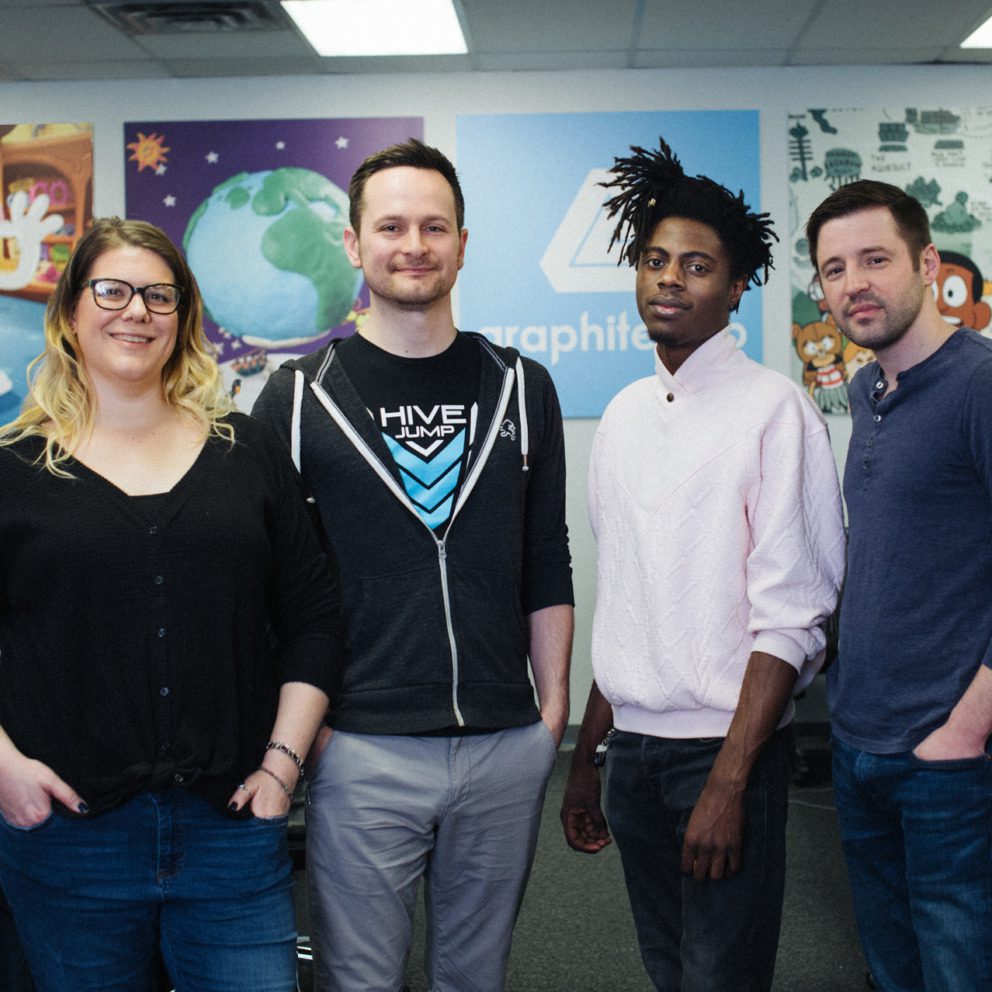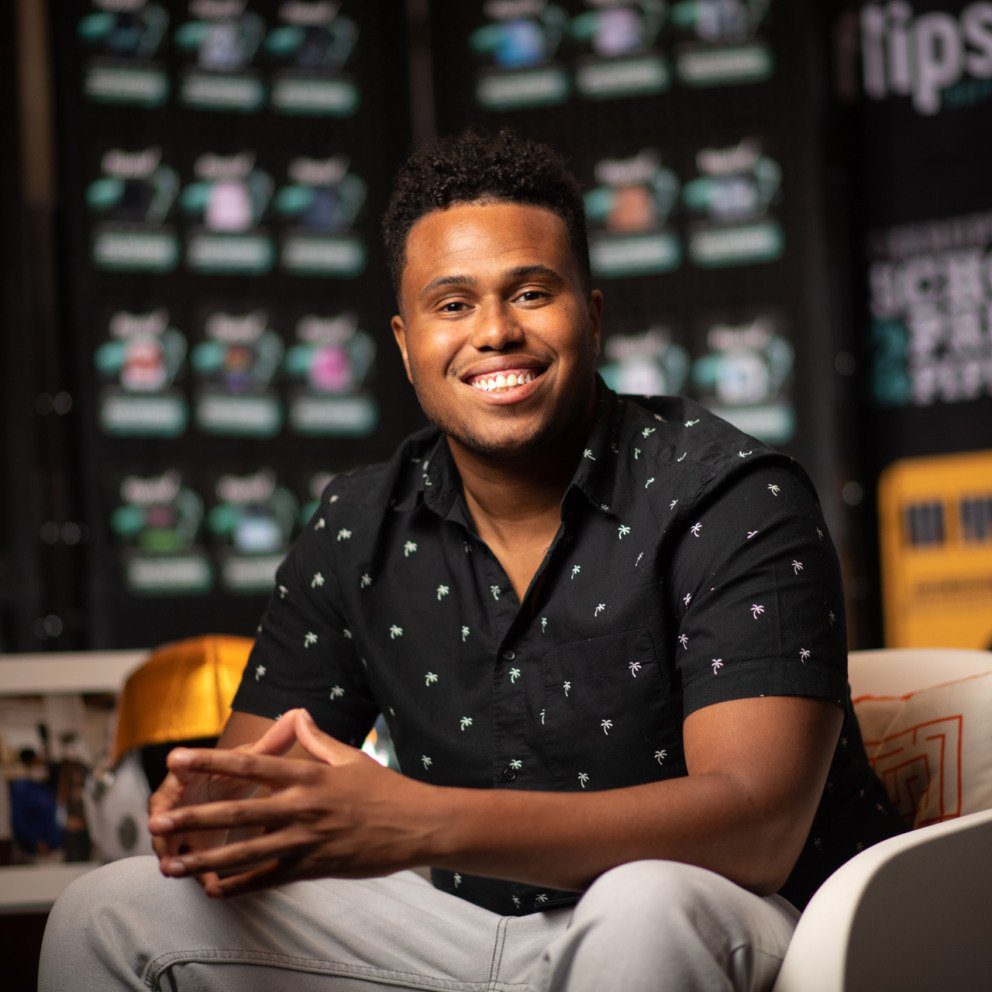A Wider Net
St. Louis’ storied soccer tradition will take a leap forward in 2023 with an MLS team of its own, St. Louis CITY SC, whose goal is to include the metro community every step of the way.
“In Europe, it’s an unexpected move to go from the Bundesliga (Germany’s professional soccer association), at my age, to America – but here, we really can build something really special and unique,” says Lutz Pfannenstiel, sporting director for St. Louis CITY Soccer Club.
The vision for St. Louis CITY SC is not just a game-winning Major League Soccer team, but an organization that helps make soccer accessible to everyone in the St. Louis metro and offers the best youth soccer development program in the country. St. Louis CITY SC’s leadership wants to develop a pipeline of homegrown, top-notch talent regardless of players’ economic background, opening up a sport that’s traditionally been accessible only to those families with the means to cover club and travel fees.
“So we are the lucky ones to be able to try and open it up for everybody to be involved – to give everybody an opportunity,” says Pfannenstiel. “And in the long term, to create players who go through our community system, then get into the academy and actually may end up representing the club at professional level in major league soccer.”
“We have such a rich history of soccer in St. Louis, and the soccer enthusiasts have shown that we’ve set MLS records already, which is incredible,” says Khalia Collier, vice president of community relations for St. Louis CITY SC.
Part of her role with community relations is not just to engage with existing soccer fans in St. Louis, but to reach out to parts of the metro where the game isn’t as prevalent, and bring those St. Louisans into the fandom.
“It’s given us such an opportunity to navigate the history of St. Louis and its tendency to be segregated, and really merge communities and unify our region through the power of soccer,” says Collier. “And so every single obstacle and challenge that we’re faced with, we see it as an opportunity.”
St. Louis CITY SC’s vision would not be possible without coaches and organizations who have already been working to make soccer more accessible in St. Louis. One of those coaches is Fred Maboneza, who was volunteering with friends eight years ago, helping to welcome refugees and translate for them, when he realized the young refugees had another need besides translation.
“I figured out that those kids needed to play,” says Maboneza. “They wanted to play, but they were afraid to go outside to the park. So I jumped in, started helping them, organizing games, training them and connecting them with other coaches.”
When he saw how therapeutic it was for the kids to play their preferred sport in a new world, Maboneza founded a free grass-roots soccer club and named it Umoja, a Swahili word meaning unity.
“Most of them come from refugee camps, they’re coming to a new world, which is very hard to adjust to,” says Maboneza. “And we understand that every kid has the right to play and it’s important for them to play.”
Several players who started with Umoja have continued their soccer careers and gone on to play for clubs like St. Louis Scott Gallagher Soccer Club.
“Soccer’s the global language,” says Ken Godat. “You can have 11 guys on a team and they all speak a different language, but they can play soccer together and just pick it up.”
Godat has been with St. Louis Scott Gallagher SC since 1999 and currently serves as director of youth player development. In addition to St. Louis Scott Gallagher SC’s traditional club soccer teams, the organization also runs other programs aimed towards expanding the sport’s reach. One of those programs began in collaboration with the Nahed Chapman New American Academy. At NCNAA, newly immigrated students learn English in preparation for attending school in the U.S. Often, students arrive at NCNAA from a country where soccer is the most popular sport, but until recently, they did not have a field where they could play it at school.
“NCNAA reached out to us because they were interested in building a field behind the school. They had just a parking lot,” says Godat. “All their kids are from all over the world, where soccer’s number one; they didn’t want to play basketball or volleyball or any of the typical American sports. So they had kids playing in the concrete parking lot behind the school, and they came to us to help with the field project.”
After the completion of the community-led NCNAA field project, envisioned by Peter Tao and executed by the Gateway Welcome project, the St. Louis Scott Gallagher City Program was born. In addition to NCNAA, St. Louis Scott Gallagher SC’s City Program now also serves youth in the Mathews-Dickey Boys’ and Girls’ Club in north St. Louis. One alumnus of NCNAA and the program, Hareremina Gadi, now plays soccer for Rockhurst University; another, Sagar Bhujel, now plays with St. Louis CITY SC’s U17 team.
“There’s several kids in the program now that are 13, 14 years old, and they see those kids, and they’re like, ‘Oh, I want to do that too,'” says Godat. “And so the pathway is there for them.”
One of the challenges in making sure that soccer is accessible to all area youth is the lack of soccer fields in the city of St. Louis. Maboneza has witnessed this firsthand, and recently spearheaded a collaborative effort to build a futsal court at Marquette Park in Dutchtown.
Futsal, also known as mini pitch, is essentially a scaled-down version of soccer that can be played with teams of five—instead of 11 players like in soccer—making it easier for the children to find enough players.
“Marquette Park was the best location, because Dutchtown, I think. is the most diverse place in the city,” says Maboneza. While the project originated in 2019, it faced several delays before opening in fall 2021. A silver lining to the delay was that it allowed St. Louis CITY SC to join in supporting the project.
“What we did at Marquette Park is the exact definition of the power of collaboration,” says Collier. “We watched local officials and community members, and community leaders come together with a project that had already been in the works for a couple of years prior to CITY SC.
“And what we had the opportunity to do was really come in and help amplify and support the work that was already being done.”
Collier sees the Marquette Park futsal court project as a template of sorts for how St. Louis CITY SC can continue to bridge barriers in the city to truly make St. Louis CITY SC an inclusive community.
Pfannenstiel agrees that community is the heartbeat of St. Louis CITY SC.
“We build everything on three basic pillars: the community, the academy and the professional team, where the community is the most important part, because that is long term,” says Pfannenstiel.
“We want to have the best academy system in North America. And that’s a very, very big goal,” he continues. “But I believe if you don’t think big, you can’t achieve big.”
“We want to really invest a lot of time and a lot of energy here to give local kids an opportunity to go through our system,” says Pfannenstiel. “We want to be one club, one city, everybody together. And having everything under one roof, it’s a statement that we are one and we believe in our youth.”
Pfannenstiel has even incorporated this thought into the designs of the training facility and 22,500-seat stadium currently under construction, where both St. Louis CITY SC youth and professional players will train and rub shoulders, rather than the separate entrances or spaces than many other MLS teams have for their professional and youth teams.
Collier emphasizes that this intentionality goes beyond the stadium, and is a part of all their community efforts.
“Diversity is what you have, inclusion is what you create,” says Collier. “The fact that we have that opportunity at our home to invite everyone to experience the best game in the world is pretty amazing.”
Join the Story
- Want to learn more about students from the Nahed Chapman New American Academy? Check out the award-winning Day One documentary, which follows NCNAA students for a year.
- Read about the construction of the soccer field at Nahed Chapman New American Academy.
- Learn more about St. Louis Scott Gallagher SC’s City Program.
- Donate to Umoja Soccer Club (mention Umoja in the memo).
- Keep up with the latest on St. Louis CITY SC.
